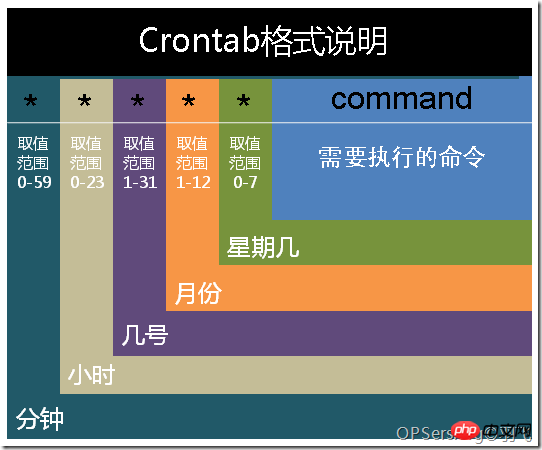linux tee命令的功能是从标准输入读取,再写入标准输出和文件,其使用语法是“tee [OPTION]… [FILE]…”,其中参数“-a –append”表示追加到文件,参数“-i –ignore-interrupts”表示忽略中断信号,参数“-p”表示诊断写入非管道的错误等。

本教程操作环境:linux5.9.8系统、Dell G3电脑。
linux 命令:tee 详解
tee 的功能是从标准输入读取,再写入标准输出和文件。
用法:tee [OPTION]… [FILE]…
-a, –append 追加到文件
-i, –ignore-interrupts 忽略中断信号
-p 诊断写入非管道的错误
–output-Error[=MODE] 设置输出错误的方式,MODE 的选项在下边
–help 帮助文档
–version 版本信息
MODE:
warn 写入遇到错误时诊断
warn-nopipe 写入非管道遇到错误时诊断
exit 写入遇到错误时退出
exit-nopipe 写入非管道遇到错误时退出
如果没有指定 –output-error,tee 会在写入管道发生错误时立即退出,写入非管道时诊断。
使用示例:
默认功能和追加功能:
[root@server dir]# echo 'This is a sentence.' | tee output This is a sentence. [root@server dir]# cat output This is a sentence. [root@server dir]# echo 'This is another sentence.' | tee -a output This is another sentence. [root@server dir]# cat output This is a sentence. This is another sentence. [root@server dir]# echo 'This is a unique sentence.' | tee output This is a unique sentence. [root@server dir]# cat output This is a unique sentence.
同时写入两个文件:
[root@server dir]# tee a b they have the same content they have the same content ^C [root@server dir]# cat a they have the same content [root@server dir]# cat b they have the same content
相关推荐:《Linux视频教程》



















暂无评论内容